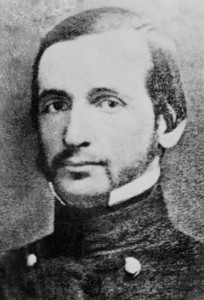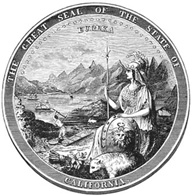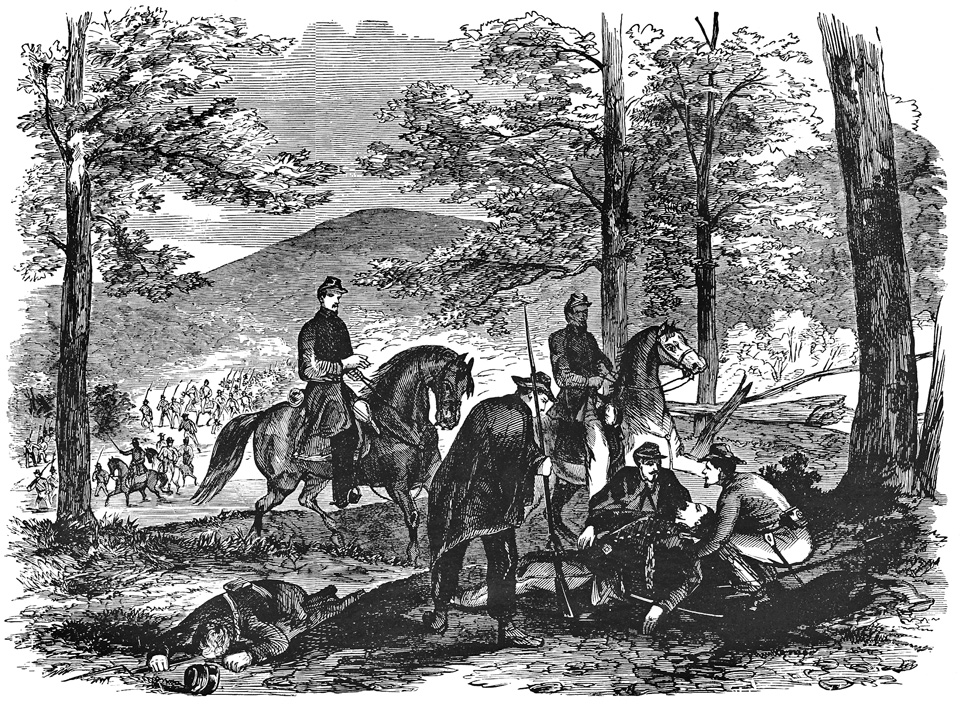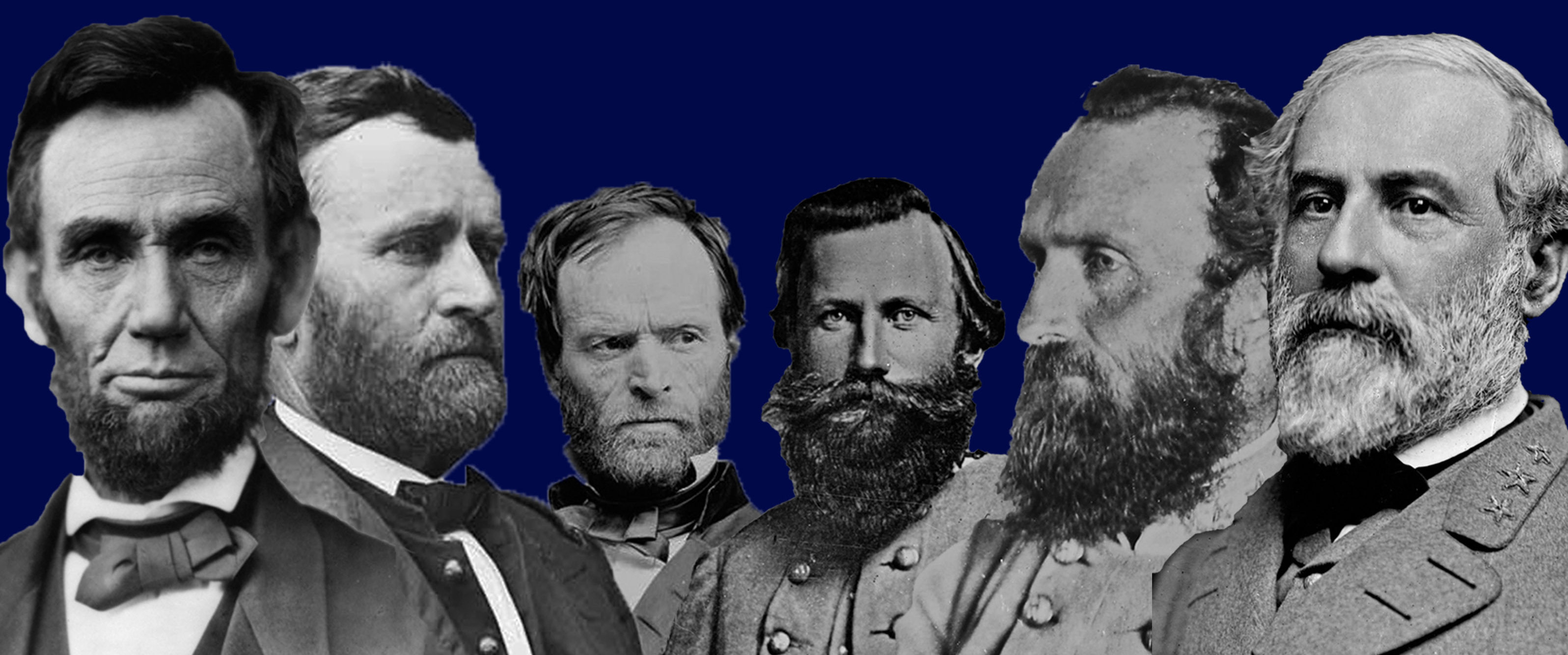
Forty-one-year-old Robert Selden Garnett was a newly minted brigadier general in the Confederate army when he was sent to western Virginia in June 1861 to command the Department of Northwestern Virginia. Often confused with his cousin, Brig. Gen. Richard B. Garnett, who was killed in action at Gettysburg during Pickett’s charge, Robert Garnett not only preceded his relative in death, but also the 121 other general officers killed or mortally wounded during the Civil War.
Robert Garnett was born in Essex County, Virginia on December 16, 1819. An 1841 graduate of the U.S. Military Academy at West Point, New York, he became an aide to General Zachary Taylor during the Mexican War, where he was twice brevetted for gallantry. Following Taylor’s resignation from the army in 1849 to become President of the United States, Garnett was tasked with carrying dispatches to the military governor of California located at the Presidio in San Francisco. During his time out west, Garnett sketched a design that would later be adopted as the Great Seal of the State of California.

In November 1852, Garnett returned to West Point to serve a two year stint as the commandant of cadets under the Academy’s superintendent, Robert E. Lee. With Virginia’s secession from the Union in 1861, Garnett resigned from the U.S. Army and was appointed a colonel in Virginia’s Provisional Army. Being subsequently appointed brigadier general in the Confederate States Army on June 6, 1861, he was sent to command the Rebel forces in western Virginia guarding the vital rail lines and turnpikes of the area against Federal incursions from Ohio. Before leaving for his new post, Garnett became troubled by the expectations of success in the region, making the premonitory remark: “They have not given me an adequate force. I can do nothing. They have sent me to my death.”
As Maj. Gen. George B. McClellan led his Union forces into western Virginia at the start of hostilities, Garnett positioned his men at two important passes in present day West Virginia: one along the Staunton-Parkersburg Turnpike at Rich Mountain and another sixteen miles north at Laurel Hill. On July 11, 1861, the Confederate forces on Rich Mountain were defeated by a brigade of Federal soldiers under the command of Brig. Gen. William S. Rosecrans. The loss at Rich Mountain forced Garnett to also abandon Laurel Hill and retreat with his forces east through the Allegheny Mountains en route to the Shenandoah Valley.
Federal forces hotly pursued Garnett’s army. Two days later, on July 13, 1861, they finally caught up with the rear of his two-mile column along the Shavers Fork of the Cheat River at a crossing known as Corricks Ford. Hearing the fighting in his rear, Gen. Garnett rode back to the river only to find his rearguard in chaos. As the fighting intensified, Col. William Taliaferro of the 23rd Virginia Infantry urged the general to fall back. “The post of danger is now my post of duty,” Garnett replied.
Still on horseback along the river’s edge, Garnett turned in the saddle to order his skirmishers to withdraw just as soldiers from the 7th Indiana Regiment unleashed a volley from the opposite bank. A ball struck Garnett in the back, causing him to reel from his horse. The Union soldiers ran across the ford, reaching the fallen general as his muscles were making “their last convulsive twitch.” The first general officer killed in the Civil War lay headfirst on his back, dressed in a black overcoat. Unaware of his identity, the Federal soldiers sent word back that an officer with “stars on his shoulder” had been killed. Shortly thereafter, Maj. John Love, a Union aide, happened to arrive at the scene and recognize the dead man as Robert Garnett, his old West Point roommate.

Frank Leslie’s Famous Leaders and Battle Scenes of the Civil War
General Garnett’s body was removed to the William Corrick house, overlooking the ford, and placed in a wooden coffin. His remains were then transferred to family members in Baltimore, Maryland, where he lay buried for the remainder of war. In 1865, his body was re-interred in the Green-Wood Cemetery in Brooklyn, New York, next to his wife and son – both of whom had tragically preceded him in death.

Leave a Reply